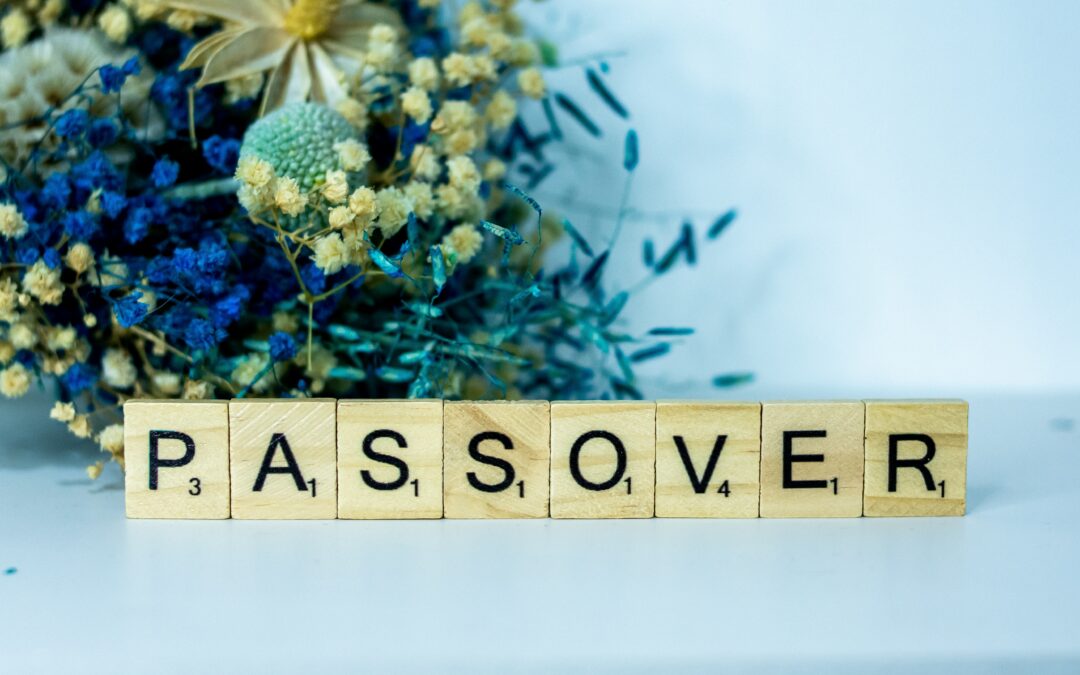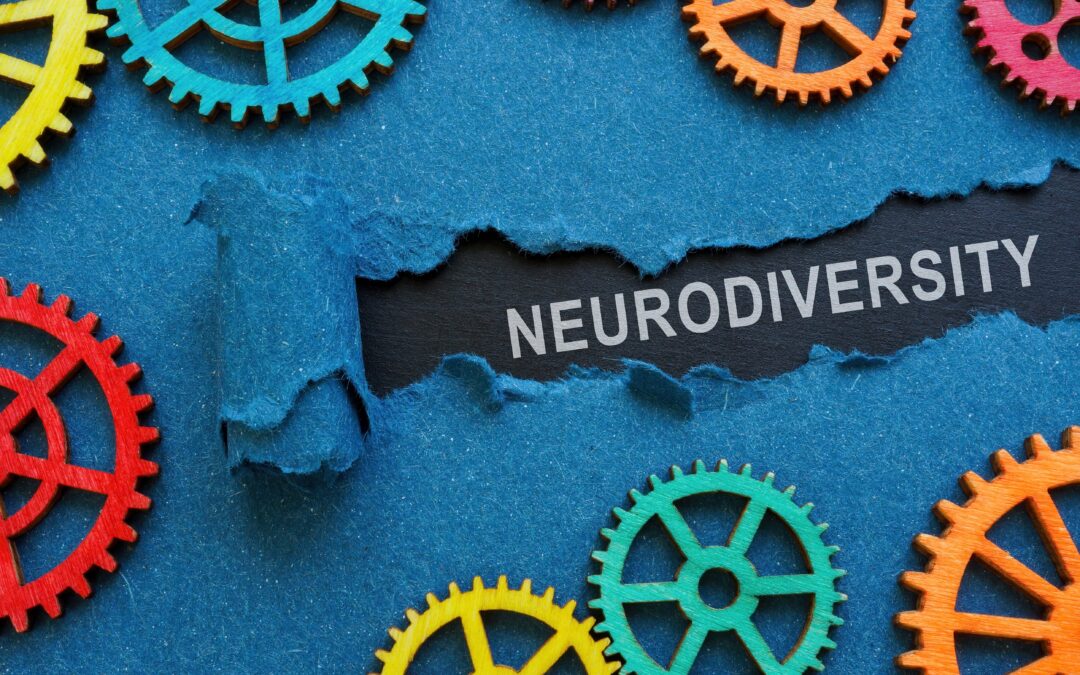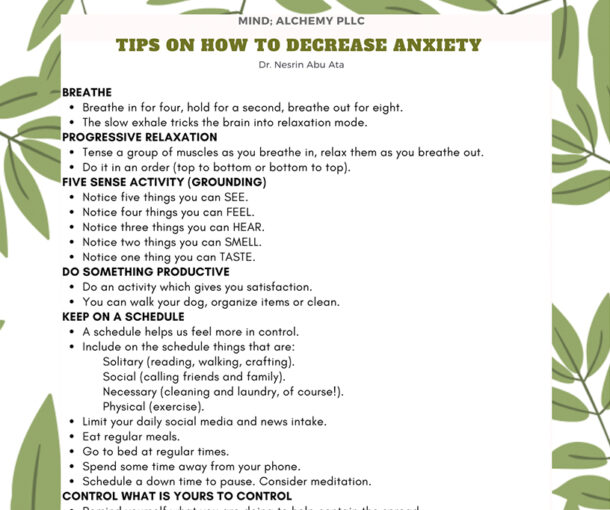Question from a Reader:
Dr A, I am a health care practitioner who has been diagnosed with complex PTSD because of childhood trauma. I am doing both therapy and taking a medication (Prozac).I was at my doctor’s office for a regular check up. The nurse was checking with me what medications I took and what I was taking them for. When she got to asking me about Prozac, I froze and couldn’t answer her. I was afraid that she was going to judge me; how can she trust my clinical judgement when I myself am on a psychiatry medication? I also didn’t want to go into my history and my diagnosis with her. Why did I freeze? Why did the question about medication feel so invasive? How can I handle this differently in the future? Prozac has helped me deal with my anxious racing thoughts, but now I am questioning myself and whether I should stay on it.
It sounds like you are in tune with your visceral reactions and are able to articulate the event, and what bothers you about it. Knowledge and self-awareness are the first steps towards healing and taking charge of your health journey. While this article provides general information about living and dealing with complex PTSD, please consult with a trained mental health professional for your specific needs.
It is important that you understand the four healing building blocks in order to heal from trauma. When you are equipped with these tools, you gain a sense of control over your path, which survivors of trauma often feel they don’t have much of.
Complex PTSD is a set of symptoms that are the result of pain and stress that usually begins at a very young age. These early experiences shape your perspective of yourself and the world. In doing self examination and healing, you start to turn inwards and examine your story and as you gain more tools, you start to gain relief from trauma. Your intention is to become less identified with your trauma and realize you have a greater choice about your future.

Four building blocks Towards Healing from Trauma
1) Recognition of the impact of trauma
I want you ask yourself: how have my early years shaped my perspective of myself and the world? How am I identified with my trauma? Below is a breakdown of different areas of your life that you can examine as you ask yourself these two questions.
– Behavioral: Decreased capacity for impulse control; hyperactivity; preference for control; disrupted eating and sleeping patterns.
– Emotional: Increased hypervigilance for potential threats; higher levels of distress and reactivity; difficulties with understanding; expressing and regulating feelings.
– Relational: Lacking trust in others; reluctance to engage in relationships; preoccupation with connection to an adult; difficulties with asking for help and resolving conflicts.
– Cognitive: Difficulties with processing and remembering information; limited attention and concentration; problems with planning and organising a response to a learning task.
– Self-Esteem: Lower self-esteem; lack of confidence and belief in one’s skills and strengths; higher levels of guilt and shame.

2) Seeking Safety
Fear and lack of safety causes you to continuously scan your environment for potential threats. This results in you leaving your body and the present moment and dwelling in the past of what happened or the future that has not yet happened. This also results in self criticism, which is a form maladaptive self protection. It is important that you establish safety, both internally, and externally. Feeling safe helps bring you to the present moment, mentally and physically.
- Some practices that you can do to establish safety are:
- Consider focusing on your breath to help you feel more grounded and present.
- Consider doing a body scan.
- Progressive muscle tension and relaxation.
- Take care of your physical needs, such as food, sleep and rest.
- Take care of your physical space.
- Ask yourself: what do I need right now to feel and be present? Listen to your body cues.

3) Building and finding Trust and Support
In the very nature of complex PTSD is the relational hurt. You trusted an adult as a child to protect you, provide for you and be attuned to your needs. Instead of the relationship being a source of comfort, support and safety, it became a place of terror and fear. But, as a child, you had no option to get out of the relationship. You learned as a child to “put up and shut up” as a go-to coping skill.. As an adult, it becomes hard to find and build trusting relationships with others. You are likely to want to protect myself, and not feel safe to open up to others
You may consider seeking therapy. Therapy can provide vital healing experiences by encouraging safety and trust, and providing positive results when you bring up feeling bad about something that happened in session. The therapist is there to help you have what we know as a “corrective experience.” This is where you learn and practice that mis-attunements happen in safe supportive relationships and that they can be repaired.
Seek out people that you feel get you and don’t criticize you or shame you because of your reactions. In other words, find your tribe, your A+team and let them know how they can support you.

4) Empowerment, voice and choice
Language and the way you think about yourself, relationships and the world matter in general, but specifically when it comes to healing from trauma and being a survivor.
Self Kindness and Compassion
When you think of your trauma or it comes up such as in your case above, practice self kindness and compassion. Refrain from judging yourself, or blaming yourself for what happened to you. I invite you to gently ask yourself: What happened to me? Rather than what is wrong with me? Unfortunately, there is a stigma in society where the survivor feels like they are broken, and in need of fixing. Rather, you are deeply hurt and in need of care.
Setting Boundaries
In trauma, your boundaries whose purpose is to make you feel safe have been violated. And as a result of the boundary violation, the feelings of agency, sovereignty and safety are taken away. As result, you don’t feel like you have a choice and feel helpless. Setting healthy boundaries personally, professionally and physically are key to reestablishing a sense of control and safety. These boundaries are nonnegotiable. They are integral to your healing. Part of setting boundaries also involves saying No. it takes time to get comfortable with saying No, but in the long run, it will support you on your healing journey. Remember that No is a full sentence.
Remembering You have a Choice
In your case at the doctor’s office, remember that you have a choice about how much detail you want to go into about your personal history. You don’t have to talk about your history if you don’t feel comfortable and can give yourself permission to let the other person know. You may consider saying something like, “I don’t feel comfortable talking about this now.”
Advocating for yourself
Ask for what you need. It takes time to recognize what you need, whether it be physical or emotional in nature. You probably often disconnect from yourself, and thus your needs. When you become aware of what you need, do not be afraid to communicate it. The first few times may be a little challenging, but after practicing it a few times, it starts to come easier. Part of recovering from healing is getting in touch with your needs, and verbalizing them. Quiet often in trauma, you may feel like you want to hide or disappear, just as you describe in your case. The antidote is slowly building trust in yourself and the ability to meet your own needs by advocating for yourself.
Emotional Self Regulation
In trauma, the nervous system gets easily dysregulated thus resulting in you feeling “out of control.” Learning to emotionally regulate sends the message to your nervous system that you are in charge and can take care of you and provide for yourself what you need.
Consider learning mindfulness practices and somatic practices such as yoga and learning different forms of breath. You can also work with your therapist on learning dialectal behavioral skills. This is where you learn to practice that you can have two opposing emotions and thoughts, and yet feel ok and be able to be present with the juxtaposition.













